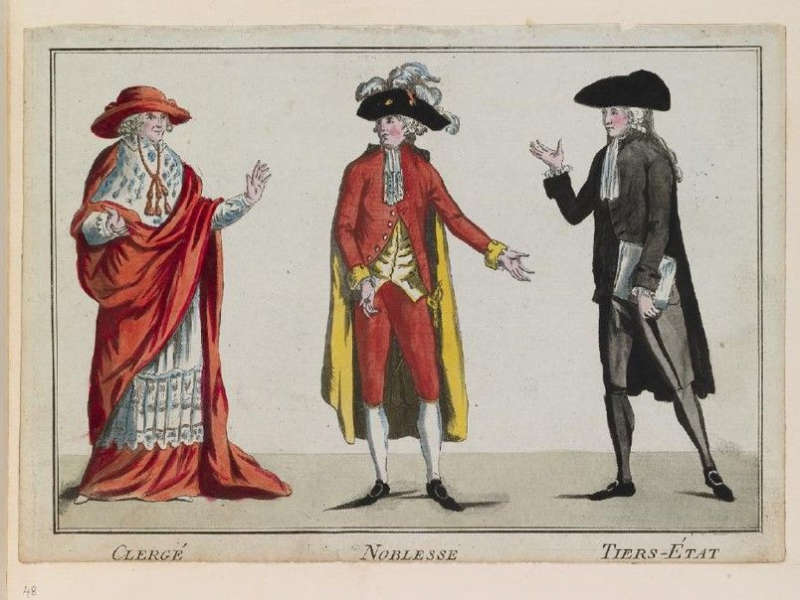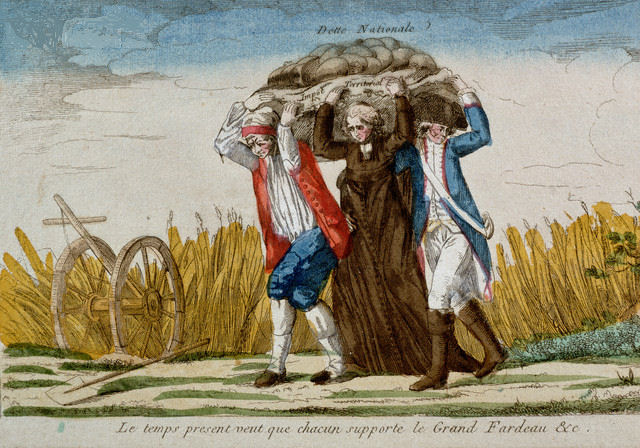Social Inequality In France Due to the Estates System
France had a population of roughly 24 million and 700 thousand people in the 1780s, and it was divided into three estates. The Roman Catholic clergy, which numbered around 100,000, formed the First Estate. The Second Estate was made up of roughly 400,000 members of the French nobility. Everyone else in France, including merchants, lawyers, laborers, and peasants, was a member of the Third Estate, which accounted for roughly 98 percent of the population.
Following the failure of parlements to pass reforms, Louis XVI was convinced to convene the Estates-General, which had not been met since 1614. The cashier de tolerances, a list of grievances compiled by each estate, was handed to the king. The event devolved into a deadlock, with the First and Second Estates voting repeatedly to block the Third Estate out of a selfish desire to maintain their status, unwilling to see the necessity to work together to achieve reform.
The vast differences amongst the estates were one of the major causes of the French Revolution. The Third Estate was kept out of positions of honor and political authority, and the other estates looked down on it. As a result, it was enraged and despised its status in French society. As a result, they banded together to start the French Revolution in 1789.












